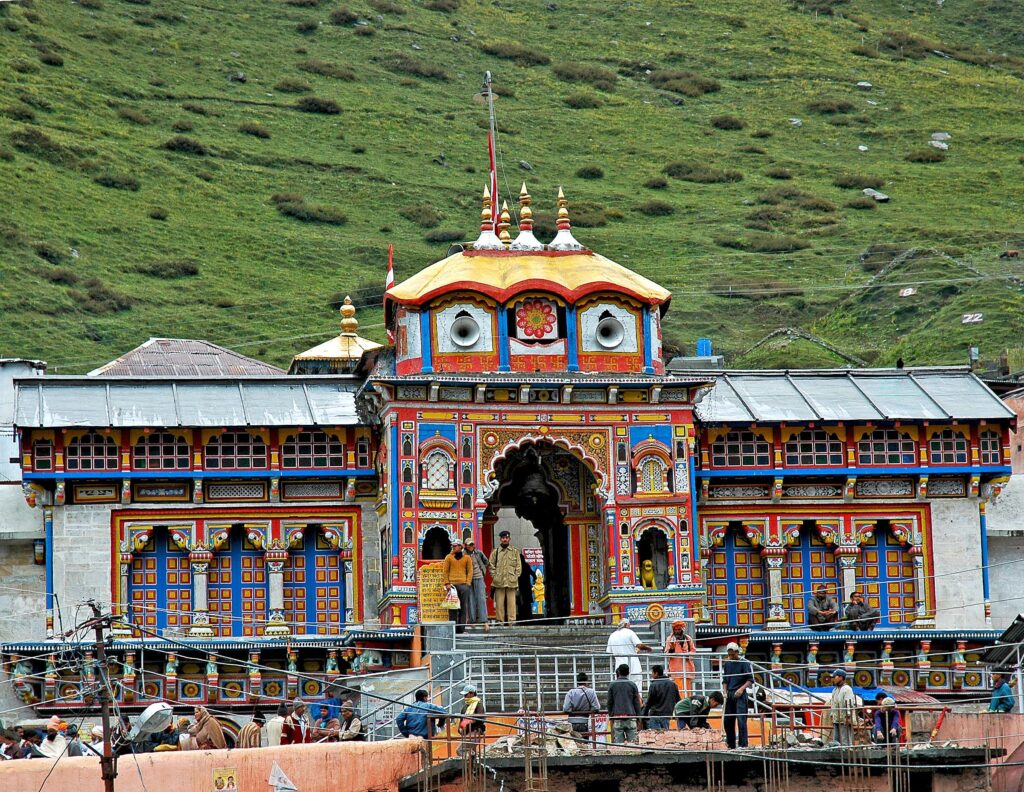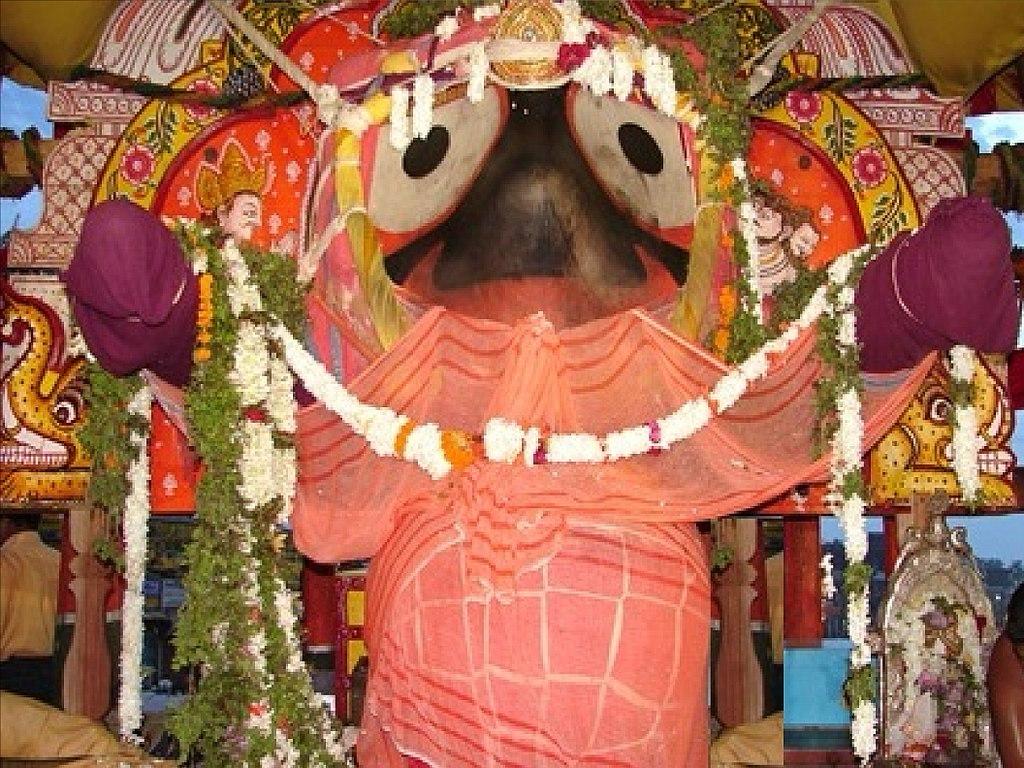The Spiritual Significance of Badrinath and Puri Jagannath Temple
By Lokanath Mishra:
In Hinduism, certain locations are revered for spiritual significance, and the rituals performed at these sites are believed to have a profound impact on the soul. Two such places are Badrinath Dham and the Jagannath Temple in Puri.

Badrinath Dham: A Sacred Site for Pindadaan:

Badrinath Dham, located in the Himalayas, is a sacred site where devotees perform pindadaan, a ritual to honor and liberate their ancestors. According to Hindu scripture, Lord Shiva removed one head of Brahma in a fit of anger and later performed pindadaan to atone for his actions. Devotees believe that by performing pindadaan at Brahmakapal, a sacred stone ( Brhmashilla) located near Badrinath Temple, they can liberate their ancestors from further suffering. It is said that if one performs pindadaan at this site, they do not need to do so again for their ancestors.
Puri Jagannath Temple: The Significance of the Third Step:?

The Jagannath Temple in Puri, one of the Char Dhams of Hinduism, has a unique tradition associated with its entrance through lion gate . To enter the temple, devotees must ascend 22 sacred stairs, with the third step holding special significance. Known as Yamashila or Yama’s stone, this step is believed to be the abode of Yamraj, the god of death. According to legend, Lord Jagannath directed Yamraj to reside on this step, declaring that those who touch the step and enter the temple for having darshan of Lord Jagannath shall be freed of sins and shall not come to Yamraj’s command .
Devotees touch the third step with reverence while entering the temple but avoid stepping on it while going back, ensuring their feet don’t land directly on it. This tradition highlights the importance of spiritual discipline and the pursuit of moksha, or liberation from the cycle of birth and death.
No Shraddha or Pindadaan in 22 Steps:,

Interestingly, devotees do not perform shraddha or pindadaan on the 22 steps of the Jagannath Temple, including the third step where Yama resides. This is because the presence of Yama is believed to negate the need for such rituals.
In both Badrinath Dham and Puri Jagannath Temple, the rituals and traditions are designed to help devotees connect with the divine and seek liberation for themselves and their ancestors. By understanding the significance of these sacred sites and rituals, devotees can deepen their spiritual practice and cultivate a greater sense of reverence and devotion.
